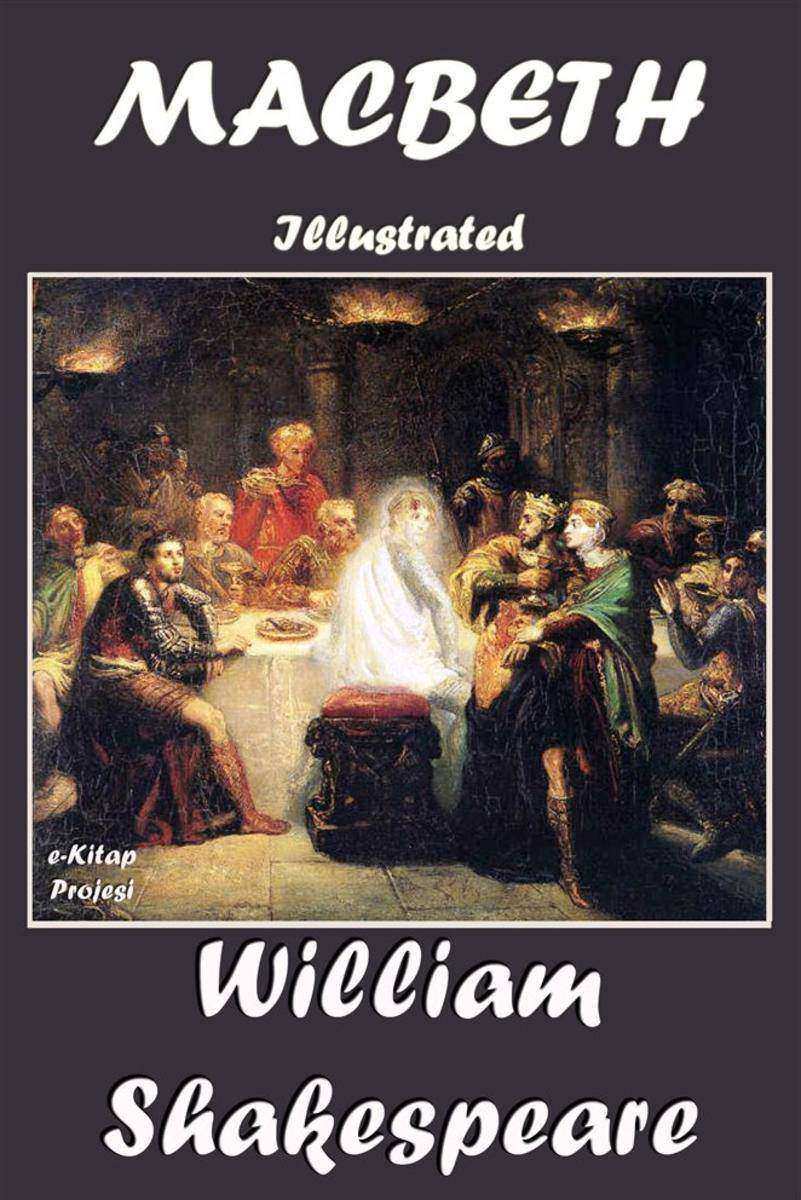
Macbeth: "Illustrated"
¥9.24
Towards the end of November, during a thaw, at nine o'clock one morning, a train on the Warsaw and Petersburg railway was approaching the latter city at full speed. The morning was so damp and misty that it was only with great difficulty that the day succeeded in breaking; and it was impossible to distinguish anything more than a few yards away from the carriage windows.Some of the passengers by this particular train were returning from abroad; but the third-class carriages were the best filled, chiefly with insignificant persons of various occupations and degrees, picked up at the different stations nearer town. All of them seemed weary, and most of them had sleepy eyes and a shivering expression, while their complexions generally appeared to have taken on the colour of the fog outside. When day dawned, two passengers in one of the third-class carriages found themselves opposite each other. Both were young fellows, both were rather poorly dressed, both had remarkable faces, and both were evidently anxious to start a conversation. If they had but known why, at this particular moment, they were both remarkable persons, they would undoubtedly have wondered at the strange chance which had set them down opposite to one another in a third-class carriage of the Warsaw Railway Company. One of them was a young fellow of about twenty-seven, not tall, with black curling hair, and small, grey, fiery eyes. His nose was broad and flat, and he had high cheek bones; his thin lips were constantly compressed into an impudent, ironical—it might almost be called a malicious—smile; but his forehead was high and well formed, and atoned for a good deal of the ugliness of the lower part of his face. A special feature of this physiognomy was its death-like pallor, which gave to the whole man an indescribably emaciated appearance in spite of his hard look, and at the same time a sort of passionate and suffering expression which did not harmonize with his impudent, sarcastic smile and keen, self-satisfied bearing. He wore a large fur—or rather astrachan—overcoat, which had kept him warm all night, while his neighbour had been obliged to bear the full severity of a Russian November night entirely unprepared. His wide sleeveless mantle with a large cape to it—the sort of cloak one sees upon travellers during the winter months in Switzerland or North Italy—was by no means adapted to the long cold journey through Russia, from Eydkuhnen to St. Petersburg. Copyright, Illustrated version of "the Idiot" by e-Kitap Projesi, 2014
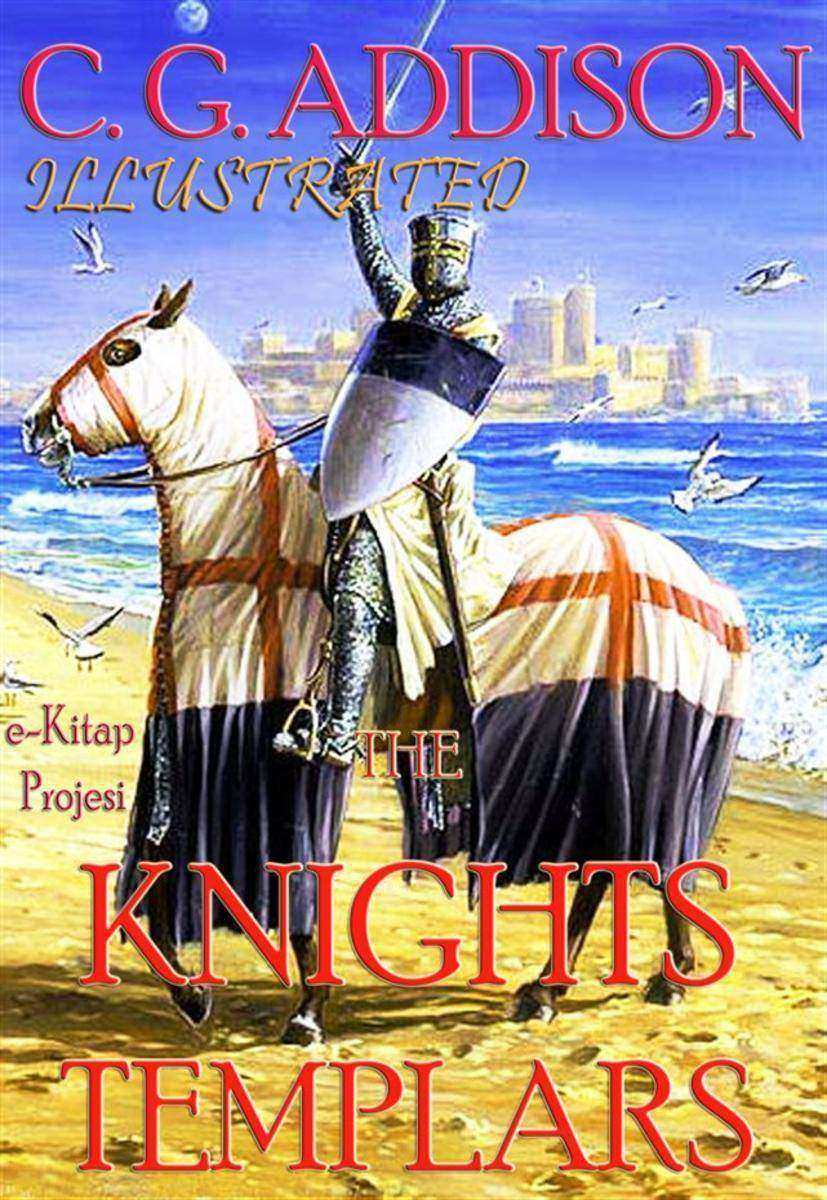
Knights Templars
¥28.04
If historical precedent be wrong—what qualities, then, must man possess to successfully colonize new worlds? Doctor Ashby said: "There is no piece of data you cannot find, provided you can devise the proper experimental procedure for turning it up." Now—about the man and the procedure.... This was the rainy year. Last year had been the dry one, and it would come again. But they wouldn't be here to see it, Captain Louis Carnahan thought. They had seen four dry ones, and now had come the fourth wet one, and soon they would be going home. For them, this was the end of the cycle. At first they had kept track of the days, checking each one off on their calendars, but the calendars had long since been mingled indistinguishably with the stuff of the planet itself—along with most of the rest of their equipment. By that time, however, they had learned that the cycle of wet and dry seasons was almost precisely equivalent to a pair of their own Terran years, so they had no more need for the calendars. But at the beginning of this wet season Carnahan had begun marking off the days once again with scratches on the post of the hut in which he lived. The chronometers were gone, too, but one and three-quarters Earth days equalled one Serrengian day, and by that he could compute when the ships from Earth were due.
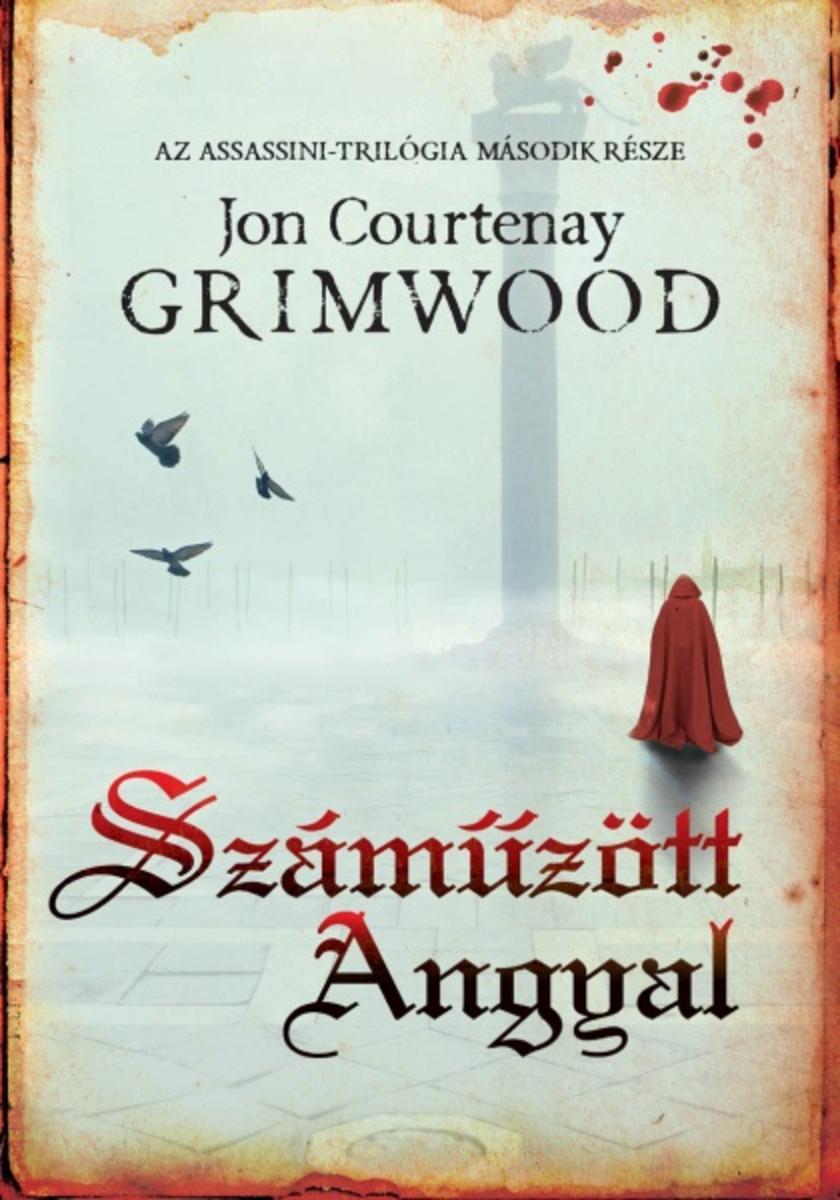
Szám?z?tt angyal
¥57.31
Miriam Black tudja, hogyan fogsz meghalni. ?s ez pokollá teszi a hétk?znapjait, kül?n?sen, mivel semmit sem tehet, hogy megakadályozza az el?re látott t?bb száz autóbalesetet, szívrohamot, szélütést vagy ?ngyilkosságot. Csak meg kell érintenie téged, és látja, hogyan és mikor kerül sor az utolsó pillanataidra. Miriam már rég nem próbálja megmenteni az emberek életét, mivel azzal csak beteljesíti a végzetüket. De amikor Louis Darling felveszi a kamionjába, és megrázza a kezét, Miriam el?re látja, hogy a férfit harminc nap múlva brutális módon meggyilkolják, mik?zben az ? nevét ejti ki a száján. Louis azért fog meghalni, mert találkozott vele, és a k?vetkez? áldozat maga Miriam lesz. Bármivel próbálkozik, Louist nem tudja megmenteni. De ha életben akar maradni, mégis meg kell próbálnia. A remekül megírt Miriam Black regények tévésorozat adaptációja már el?készületben van. ?Képzeld el, hogy Stephen King és Chuck Palahniuk írta a Sírhant m?veket" (SFX), és akkor megkapod a Vészmadarakat: zsigeri, izgalmas regény egy pengeélen táncoló életr?l. ?Pimasz, hard-boiled thriller paranormális vonással" (The Guardian)
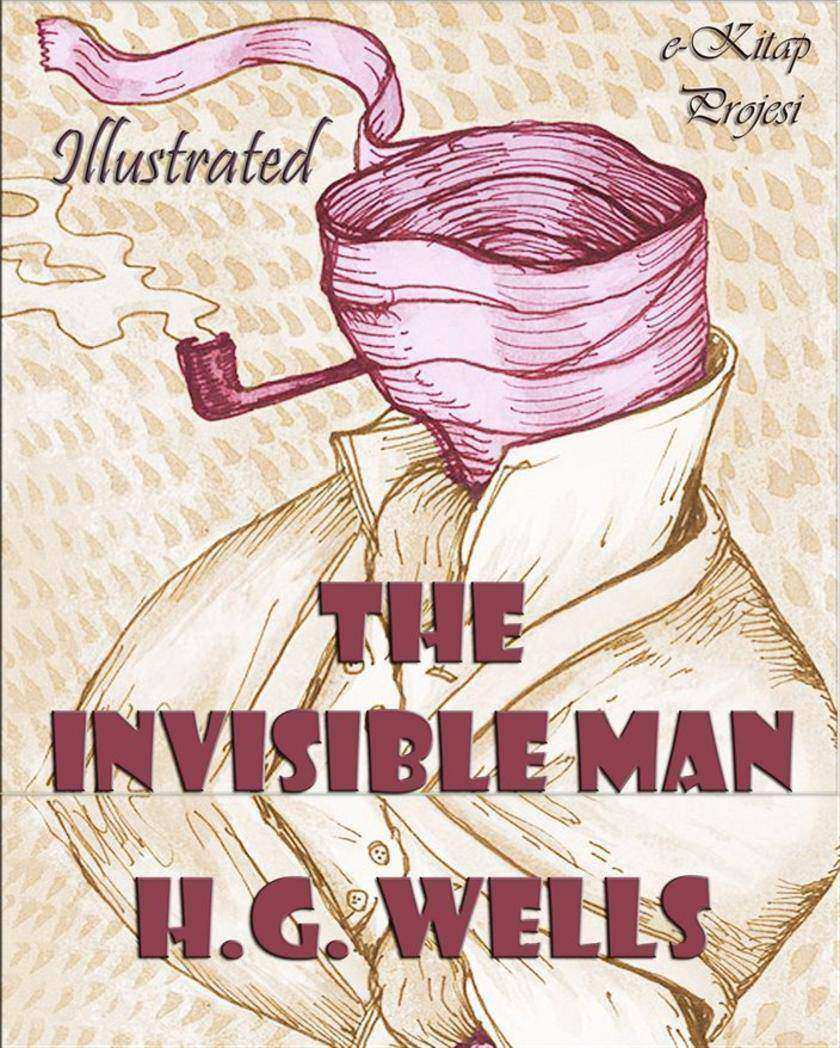
The Invisible Man
¥18.74
To present at a single glance a comprehensive view of the History of English Church Architecture from the Heptarchy to the Reformation, and to do this in a manner, which, without taxing too seriously the memory of the student, may enable him to fix in his mind the limits, and the general outline of the inquiry he is about to enter upon, is the object of the present treatise.? Instead therefore of entering, as is usual in elementary works of this nature, into a detailed account of all the parts of an Ecclesiastical structure, a certain portion only of such a building has for this purpose been selected, and so exhibited in the garb in which it appeared at successive intervals of time, as to present to the reader a means of comparison that will enable him readily to apprehend the gradual change of form through which it passed from the Eleventh to the Sixteenth Centuries, and at once to recognise the leading characteristics of the several Periods into which it is here proposed to divide the History of our National Architecture. Having thus fixed these leading characteristics in his mind, he will then be in a condition to follow us hereafter, if he pleases, into the detail of the whole subject, and to become familiar with those niceties of distinction, the detection of which—escaping, as they do, the eye of the general observer—contributes so materially to the enjoyment of the study, and a perfect acquaintance with which is so absolutely essential to a correct understanding of the true History of the Art.?That this mode of approaching the study of this subject is a convenient one, will probably be admitted by those who may remember the difficulties they encoun-tered, in their early attempts to acquire a general conception of the scheme of the History of Church Architecture, as given in most of the manuals now in use; and the complexity of detail in which they found themselves immediately involved on the very threshold of their inquiry.? It has been the practice in most elementary works on Church Architecture to derive the illustrations of the subject, indifferently from the smaller and the larger buildings of the Kingdom; and by implication to assign an equal authority to both. It will be readily admitted, however, that the History of an Art is to be gathered from its principal Monuments, and not from those the design or execution of which may have been entrusted to other than the ablest masters of the Period: in the choice, therefore, of the examples which have been selected to illustrate the series of changes which are described in the following pages, reference has been made principally to the great Cathedral, Abbey, and Collegiate Churches of the Kingdom, and occasionally only to some of the larger Parish Churches whose size or importance would seem to bring them under the above denomination.??Church Architecture in England, from its earliest existence down to the Sixteenth Century, was in a state of constant progress, or transition, and this progress appears to have been carried on, with certain exceptions in different parts of the country, very nearly simultaneously. It follows from this circumstance, first, That it is impossible to divide our National Architecture correctly into any number of distinct Orders or Styles; and secondly, That any Division of its History into a given number of Periods, must necessarily be an arbitrary one. It is nevertheless absolutely essential for the purpose of conveniently describing the long series of noble monuments which remain to us, that we should adopt some system of chronological arrangement, which may enable us to group, and to classify them in a distinct and intelligible manner: and although no broad lines of demarcation in this connected series are discernible—so gradual was the change—yet so rapid and so complete was it also, that a period of fifty years did not elapse without a material alteration in the form and fashion of every detail of a building. ?
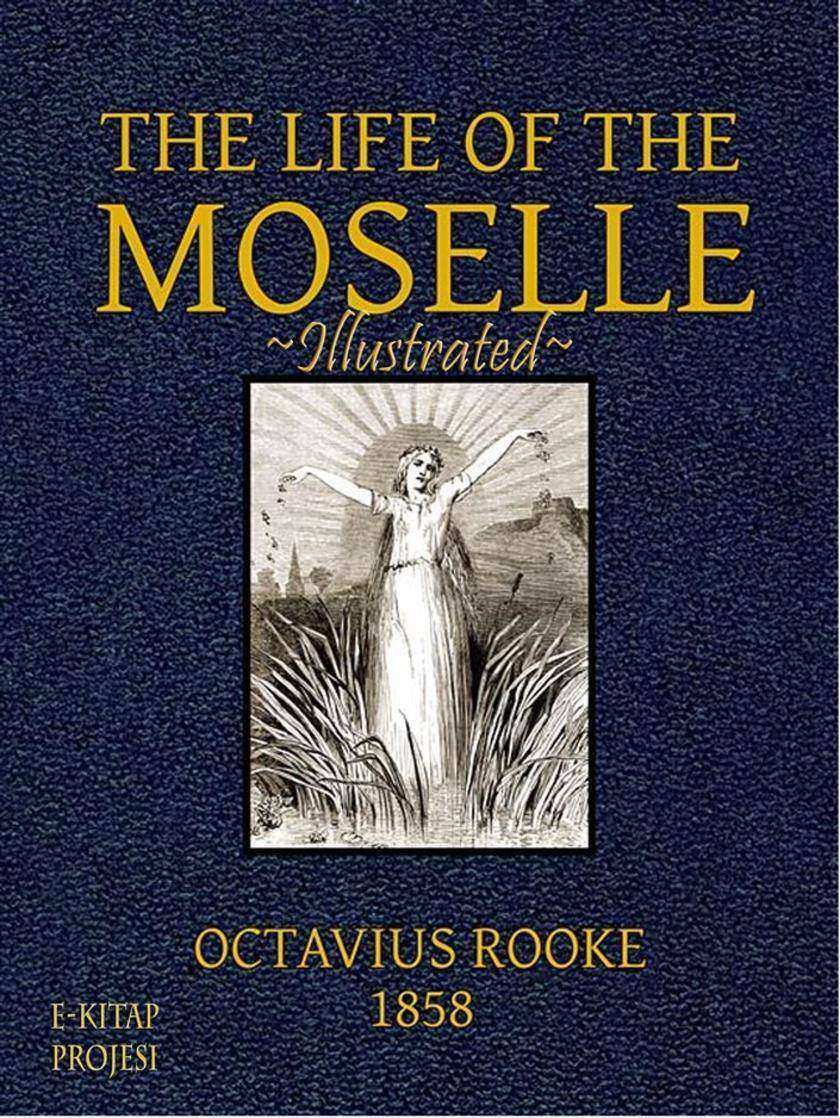
Life of the Moselle
¥28.04
["The Elements of Drawing" was written during the winter of 1856. The First Edition was published in 1857; the Second followed in the same year, with some additions and slight alterations. The Third Edition consisted of sixth thousand, 1859; seventh thousand, 1860; and eighth thousand, 1861.The work was partly reproduced in "Our Sketching Club," by the Rev. R. St. John Tyrwhitt, M.A., 1874; with new editions in 1875, 1882, and 1886.Mr. Ruskin meant, during his tenure of the Slade Professorship at Oxford, to recast his teaching, and to write a systematic manual for the use of his Drawing School, under the title of "The Laws of Fésole." Of this only vol. i. was completed, 1879; second edition, 1882. As, therefore, "The Elements of Drawing" has never been completely superseded, and as many readers of Mr. Ruskin's works have expressed a desire to possess the book in its old form, it is now reprinted as it stood in 1859.] ? THE SECOND EDITION.As one or two questions, asked of me since the publication of this work, have indicated points requiring elucidation, I have added a few short notes in the first Appendix. It is not, I think, desirable otherwise to modify the form or add to the matter of a book as it passes through successive editions; I have, therefore, only mended the wording of some obscure sentences; with which exception the text remains, and will remain, in its original form, which I had carefully considered. Should the public find the book useful, and call for further editions of it, such additional notes as may be necessary will be always placed in the first Appendix, where they can be at once referred to, in any library, by the possessors of the earlier editions; and I will take care they shall not be numerous.August 3, 1857. ? PREFACE? i. It may perhaps be thought, that in prefacing a manual of drawing, I ought to expatiate on the reasons why drawing should be learned; but those reasons appear to me so many and so weighty, that I cannot quickly state or enforce them. With the reader's permission, as this volume is too large already, I will waive all discussion respecting the importance of the subject, and touch only on those points which may appear questionable in the method of its treatment. ? ii. In the first place, the book is not calculated for the use of children under the age of twelve or fourteen. I do not think it advisable to engage a child in any but the most voluntary practice of art. If it has talent for drawing, it will be continually scrawling on what paper it can get; and should be allowed to scrawl at its own free will, due praise being given for every appearance of care, or truth, in its efforts. It should be allowed to amuse itself with cheap colors almost as soon as it has sense enough to wish for them. If it merely daubs the paper with shapeless stains, the color-box may be taken away till it knows better: but as soon as it begins painting red coats on soldiers, striped flags to ships, etc., it should have colors at command; and, without restraining its choice of subject in that imaginative and historical art, of a military tendency, which children delight in, (generally quite as valuable, by the way, as any historical art delighted in by their elders,) it should be gently led by the parents to try to draw, in such childish fashion as may be, the things it can see and likes,—birds, or butterflies, or flowers, or fruit. ? iii. In later years, the indulgence of using the color should only be granted as a reward, after it has shown care and progress in its drawings with pencil. A limited number of good and amusing prints should always be within a boy's reach: in these days of cheap illustration he can hardly possess a volume of nursery tales without good wood-cuts in it, and should be encouraged to copy what he likes best of this kind; but should be firmly restricted to a few prints and to a few books.
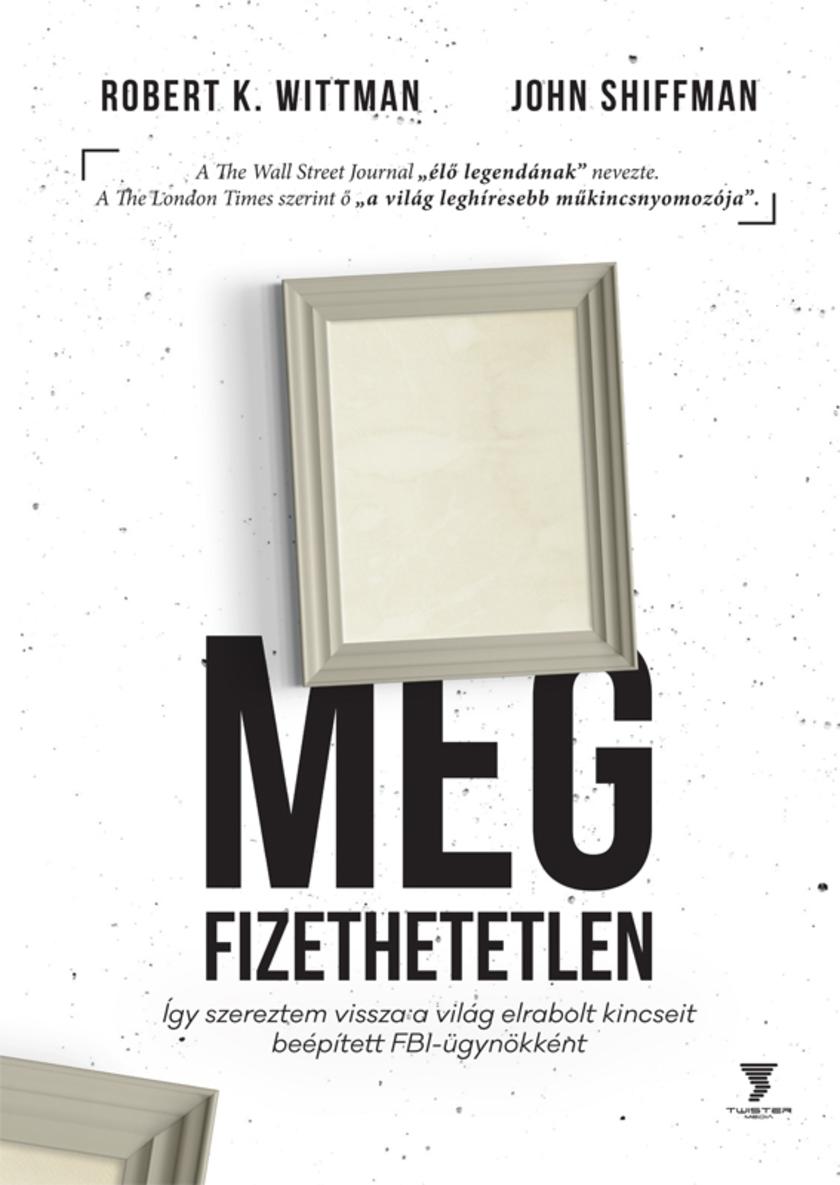
Megfizethetetlen: ?gy szereztem vissza a világ elrabolt kincseit beépített FBI-ü
¥68.83
Nem voltam én szerelmes Adyba, vagy ha voltam, nem tudtam róla. A szerelem féltékeny, ragadozó, osztozni senkivel és semmiben nem tudó érzés, telítve testi vonatkozásokkal, ingerekkel, vágyakkal. ?n ezt a szerelmet nem is ismerhettem. Sohasem fájt, hogy idegen asszonyok szeretik, lányok szédülnek eléje, találkákra megy, vagy áldozó, nagy asszony-szerelmet terítenek lába elé. Deésfalvi Boncza Berta. Bimbi. Csinszka. Múzsa és k?lt?n?, emlékiratíró... Ady Endre, Tabéry Géza, Babits Mihály, Harsányi Zsolt, Márffy ?d?n jegyességek, szerelmek, szakítások, házasságok. Vallomás és kitárulkozás. Kiútkeresés egy nevel?intézet szobájából vagy fiatalon már a végzet asszonya? Románc a Svájcban tartozkodó Tabéryvel, kés?bb találkozás Adyval, de eljegyzés egy erdélyi mérn?k-íróval? Aztán házasság Adyval? Aki Léda szerint csak sovány, mint eserny?nyél, el?l-hátul sexuális duzzanatokkal. Ki is ez a h?lgy, aki végül eléri, hogy 1914. április 23-án találkozhasson Adyval Csucsán? Boncza Berta naplójának néhány részlete el?sz?r 1932-ben jelent meg a Nagyváradi Napló hasábjain, majd négy évtizeddel kés?bb a Magyar Nemzetben látott napvilágot az erdélyi író, újságíró Ruffy Péter tolmácsolásában, aki Csinszka kéziratos füzeteit és Kárpáti Aurél kiegészítéseit dolgozta fel. A memoár nem hiánytalan, hiszen a házasság t?rténetét már nem tudta megírni Csinszka, csupán az Ady halála után írt három Vallomás készült el 1919 és 1922 k?z?tt. A huszonkét fejezetre osztott írás el?sz?r jelenik meg ?nálló k?tetben, Márton István, a Ruffy Péter-hagyaték gondozójának utószavával, valamint néhány kül?nleges gépiratfotó, levél és dokumentum kíséretében, melyek fényt deríthetnek eddig nem vagy kevésbé ismert rejtélyre: mi lett az ?rmindszenten maradt Csinszka-levelekkel? A mendemondák szerint Ady rokonai elégették... Valóban agyvérzésben hunyt el a k?lt?n?, vagy más áll a háttérben? A mendemondák újabb szerelemr?l regéltek... Hova lettek a kiadatlan versek, amelyek nem kerültek be az egyetlen versesk?tetbe 1931-ben? Minden reggel és minden este imádkozott Nagymama velem. Eldolgozott két keze k?zé fogta az én parányi kezemet, és azt a másik imát, amit este a Miatyánk után mondottam el, ? találta ki. R?vid, egyszer? és jó kis ima volt. Kérésb?l és k?sz?netb?l állott. Mindazokért kértem a jó Istent, akik hozzám tartoztak. Apámért els?sorban, de a csucsai virágok, kutyák, madarak is bele lettek sz?ve...
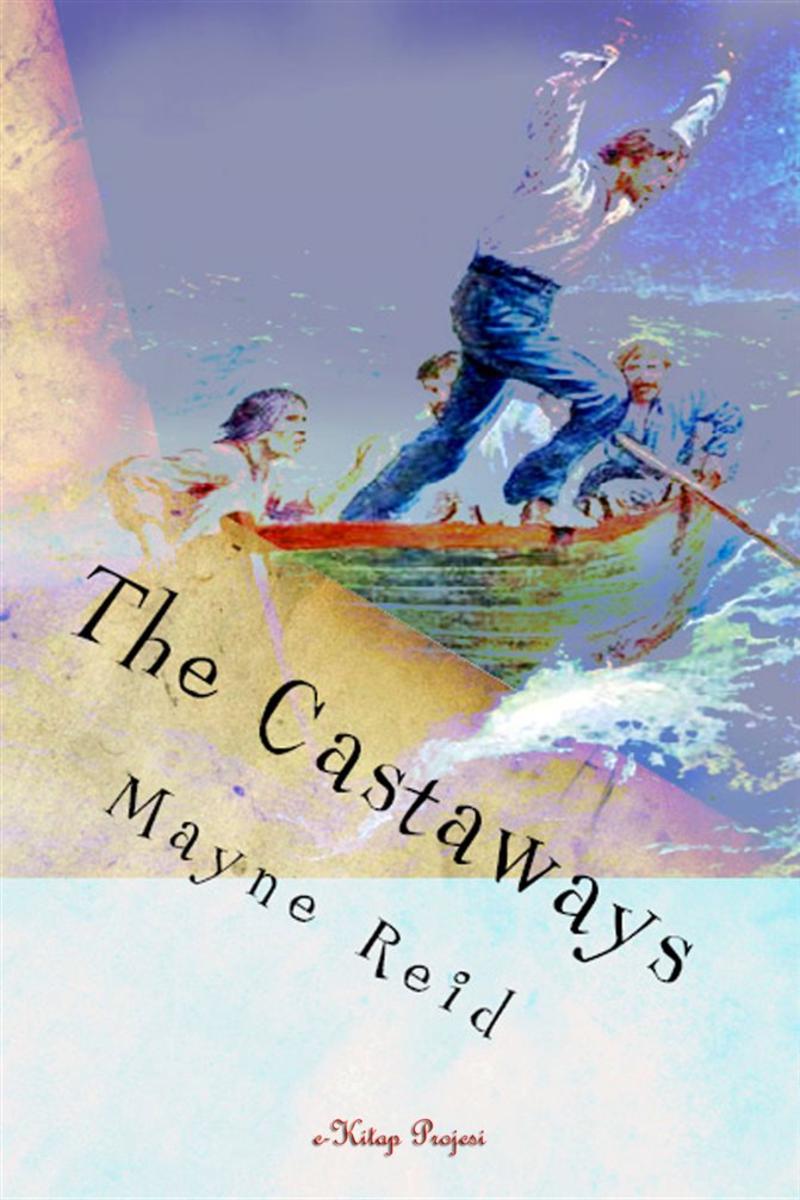
The Castaways: "An Open Sea Story"
¥28.04
The Native Born was written in the year 1910 by Ida Alexa Ross Wylie. This book is one of the most popular novels of Ida Alexa Ross Wylie, and has been translated into several other languages around the world.This book is published by Booklassic which brings young readers closer to classic literature globally.
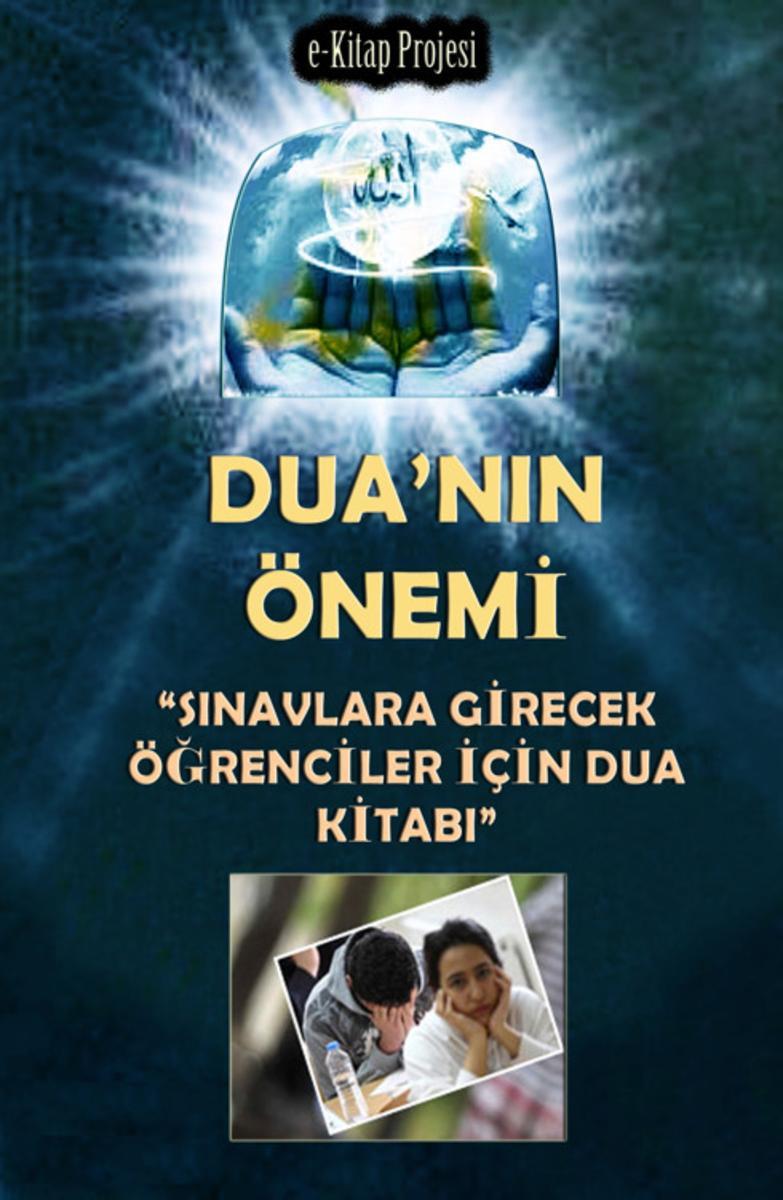
Duan?n ?nemi: “S?navlar ??in Dua Kitab?“
¥0.01
Te mit tennél kockára azért, hogy teljesüljenek a vágyaid?A testi épségedet?A lelkedet?Rona ?r?mlányként dolgozik, de minden vágya, hogy írón? válhasson bel?le. Ahhoz, hogy be tudja fejezni élete els? regényét, bele kell merülnie a BDSM számára eddig ismeretlen világába. Ahogy egyre mélyebbre hatol a k?telek, bilincsek és ostorcsapások k?z?tt, úgy ébred rá, hogy ez az egész nem csupán a szexr?l szól, annál sokkal t?bbr?l.Régóta dédelgetett gyerekkori sérelmek szabadulnak fel a pálcacsapások nyomán, és kalandjai során egészen új emberré válik.Vajon a szex k?zben elszenvedett fájdalom gyógyír lehet mindenre?Mit szól majd a k?rnyezete, a szerelme? Képesek lesznek elfogadni új énjét? Milyen áldozatok árán válhat valóra élete nagy álma?Rona Fire valós élményeken alapuló, szenvedéllyel és romantikával teli igaz t?rténete olyan világba repíti el az olvasót, ahova csak kevesen merészkednek.
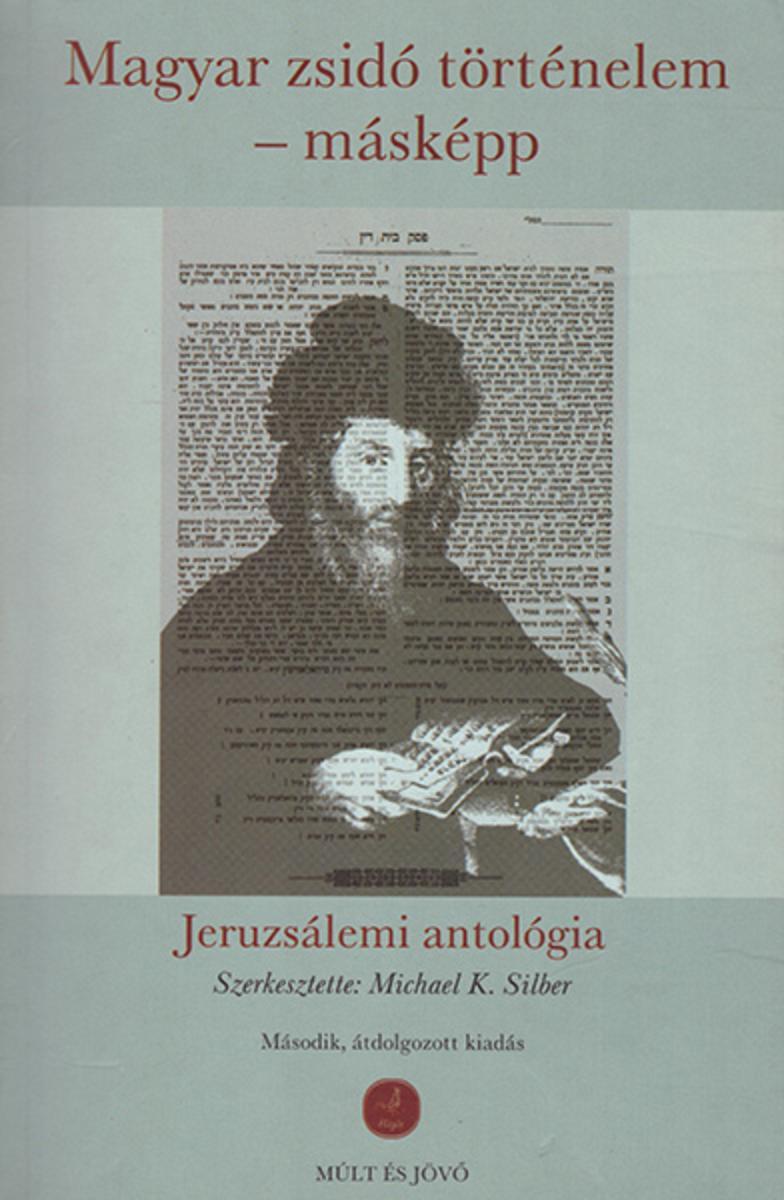
Magyar zsidó t?rténelem – másképp
¥72.02
Tempe Brennan halottakkal dolgozik, de az él?kért. Aki ismeri Tempe Brennant, az jól tudja: igazi munkamániás. Most végre vakációzni készül Ryannel, a tengerkék szem? nyomozóhadnaggyal, akivel oly sok b?nügyet oldottak már meg együtt. A nyaralás szokás szerint mégsem akar ?sszej?nni. Minden egy ártatlan pikniken kezd?dik, ahol Boyd, Tempe exférjének h? ebe, aki egyre nagyobb szakértelemmel túr ki maradványokat a f?ld alól, rejtélyes medvecsontokra bukkan. Ez ?nmagában még nem lenne baj, de sajnos emberi kézt?csontok is kerültek melléjük a szemeteszsákba… ?s ahol egy b?nügy van, akad t?bb is. Sziklafalnak csapódik, és lezuhan egy Cessna, pilótája és utasa megég. Kik ?k, és milyen s?tét titkokat rejtenek a maradványaik? A szálak egyre jobban ?sszekuszálódnak. Tempet azonban nem olyan fából faragták, hogy egy kis nehézség visszariasztaná. Nem ijeszti el a nyomába szeg?d?, titokzatos Kaszás sem. Pedig lenne oka félelemre, hiszen a Kaszás nemcsak az ?, hanem a lánya életét is fenyegeti… Az izgalmas nyomozás mellett mindek?zben egy párkapcsolat kibontakozásának is tanúi lehetünk ebben a sodró tempójú, bravúrosan szerkesztett regényben. Elegánsan, sallangmentesen, egyedi humorral f?szerezve, ahogyan csak Kathy Reichs tudja. cím: Csupasz csontok (Temperance Brennan – sorozat 6.)
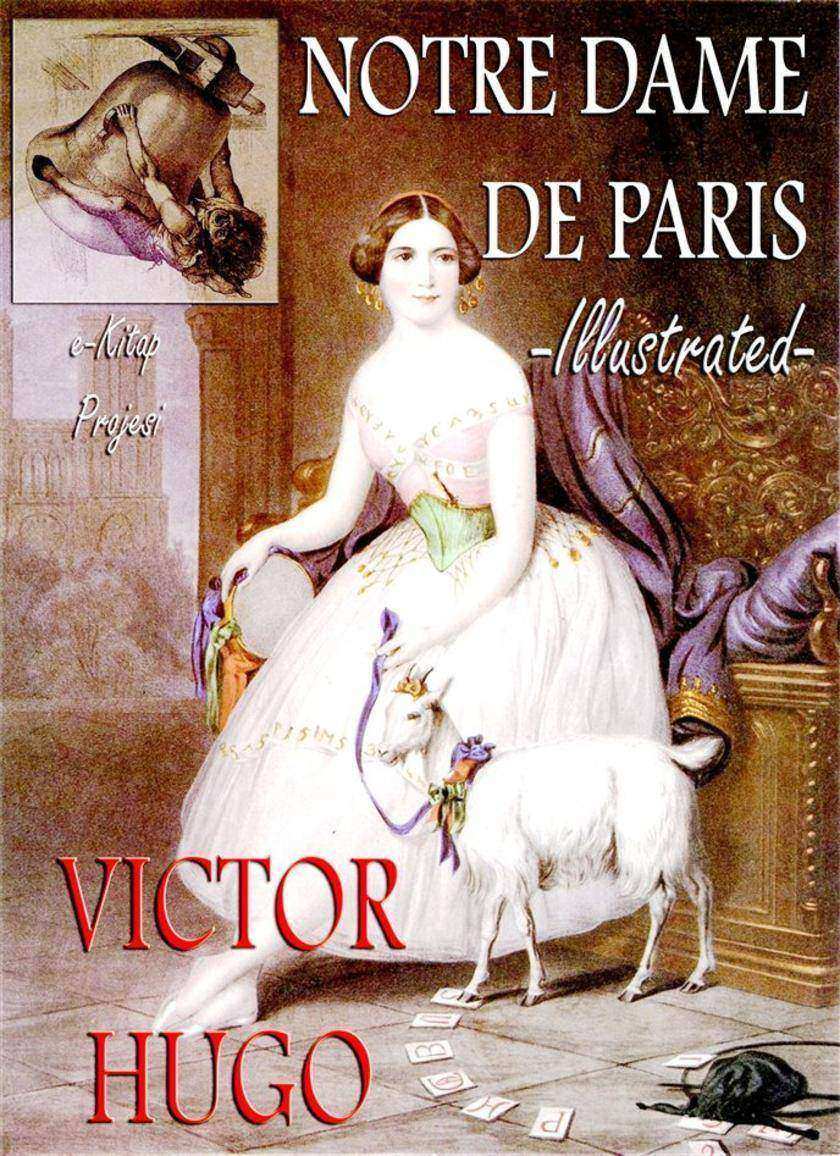
Notre-Dame de Paris
¥28.04
An afternoon of a cold winter’s day, when the sun shone forth with chilly brightness, after a long storm, two children asked leave of their mother to run out and play in the new-fallen snow. The elder child was a little girl, whom, because she was of a tender and modest disposition, and was thought to be very beautiful, her parents, and other people who were familiar with her, used to call Violet. But her brother was known by the style and title of Peony, on account of the ruddiness of his broad and round little phiz, which made everybody think of sunshine and great scarlet flowers. The father of these two children, a certain Mr. Lindsey, it is important to say, was an excellent, but exceedingly matter-of-fact sort of man, a dealer in hardware, and was sturdily accustomed to take what is called the common-sense view of all matters that came under his consideration. With a heart about as tender as other people’s, he had a head as hard and impenetrable, and therefore, perhaps, as empty, as one of the iron pots which it was a part of his business to sell. The mother’s character, on the other hand, had a strain of poetry in it, a trait of unworldly beauty—a delicate and dewy flower, as it were, that had survived out of her imaginative youth, and still kept itself alive amid the dusty realities of matrimony and motherhood. So, Violet and Peony, as I began with saying, besought their mother to let them run out and play in the new snow; for, though it had looked so dreary and dismal, drifting downward out of the gray sky, it had a very cheerful aspect, now that the sun was shining on it. The children dwelt in a city, and had no wider play-place than a little garden before the house, divided by a white fence from the street, and with a pear-tree and two or three plum-trees overshadowing it, and some rose-bushes just in front of the parlor windows. The trees and shrubs, however, were now leafless, and their twigs were enveloped in the light snow, which thus made a kind of wintry foliage, with here and there a pendent icicle for the fruit. “Yes, Violet,—yes, my little Peony,” said their kind mother; “you may go out and play in the new snow.”
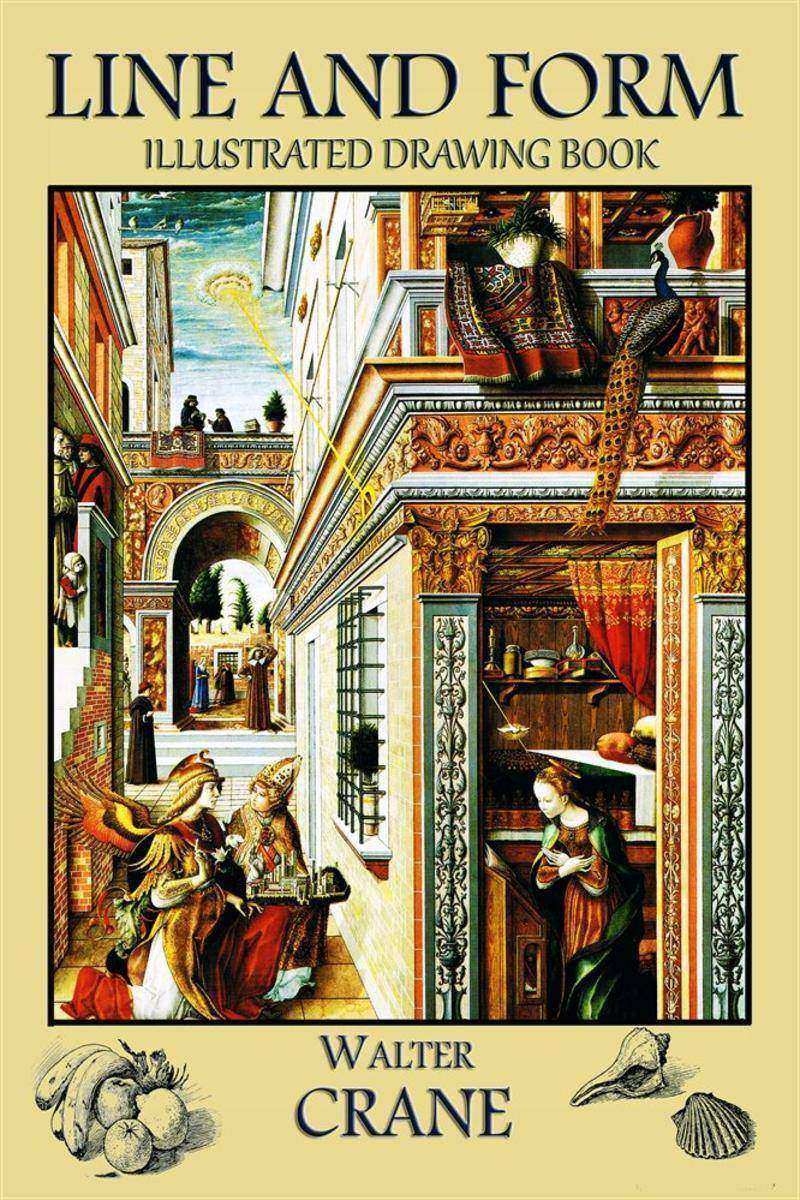
Line and Form: "Illustrated Drawing Book"
¥28.04
Daylight sometimes hides secrets that darkness will reveal—the Martian's glowing eyes, for instance. But darkness has other dangers.... Joseph Heidel looked slowly around the dinner table at the five men, hiding his examination by a thin screen of smoke from his cigar. He was a large man with thick blond-gray hair cut close to his head. In three more months he would be fifty-two, but his face and body had the vital look of a man fifteen years younger. He was the President of the Superior Council, and he had been in that post—the highest post on the occupied planet of Mars—four of the six years he had lived here. As his eyes flicked from one face to another his fingers unconsciously tapped the table, making a sound like a miniature drum roll. One. Two. Three. Four. Five. Five top officials, selected, tested, screened on Earth to form the nucleus of governmental rule on Mars.Heidel's bright narrow eyes flicked, his fingers drummed. Which one? Who was the imposter, the ringer? Who was the Martian?Sadler's dry voice cut through the silence: "This is not just an ordinary meeting then, Mr. President?" Heidel's cigar came up and was clamped between his teeth. He stared into Sadler's eyes. "No, Sadler, it isn't. This is a very special meeting." He grinned around the cigar. "This is where we take the clothes off the sheep and find the wolf."

Meztelenül
¥63.03
Mit ér az emlékezés, ha senki nem kíváncsi arra, ami elmúlt? B?n-e a hallgatás, ha védeni akarjuk szeretteinket a múlt sz?rny?ségeit?l? Mit tehetünk, ha a t?rténelem megismételni látszik ?nmagát?? Egy újságíró és egy sokat megélt nyolcvannégy éves h?lgy találkozása régi sebeket tép fel. Mélyen eltemetett emlékek kerülnek felszínre: A remény és a hit a kegyetlenséggel szemben, emberek az embertelenségben, és üzleti érdekek, melyek a pokol káoszát irányítják. Mi k?ti ?ssze egy kislány, egy náci tiszt, egy szovjet ezredes és egy m?fordító sorsát hetven év távlatából? ?Ez a t?rténet...
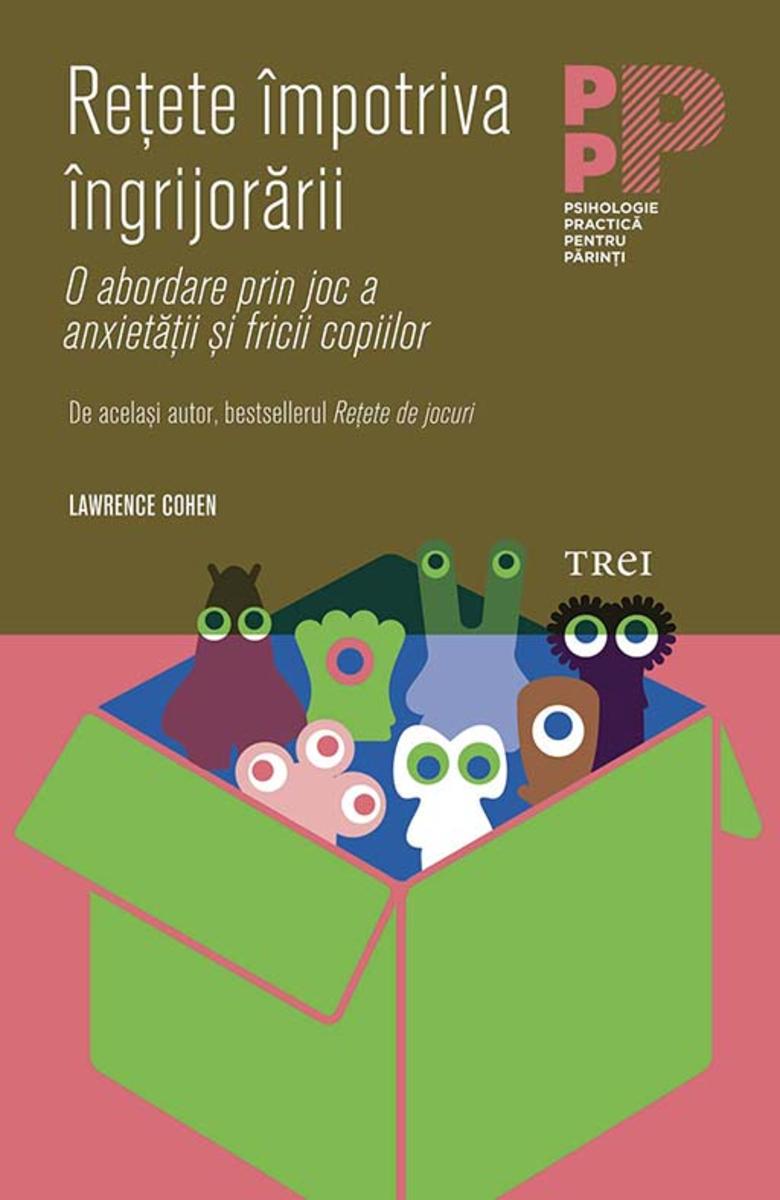
Re?ete ?mpotriva ?ngrijor?rii. O abordare prin joc a anxiet??ii ?i fricii copiil
¥57.14
"Egy suszterféle aggódó szemü ember pólyás csecsem?t tart a karján. A zsebéb?l szoptatós üvegnek a gumija lóg ki. A lábaszára mellett egy négyéves sz?szke fiúcska, meg egy hároméves még sz?szkébb úri leányka. A fiúcska bársonyruhás és tányér-galléros, de meztelen a lábacskája. A leányka térdig-szoknyás és sárgacip?s." (részlet)
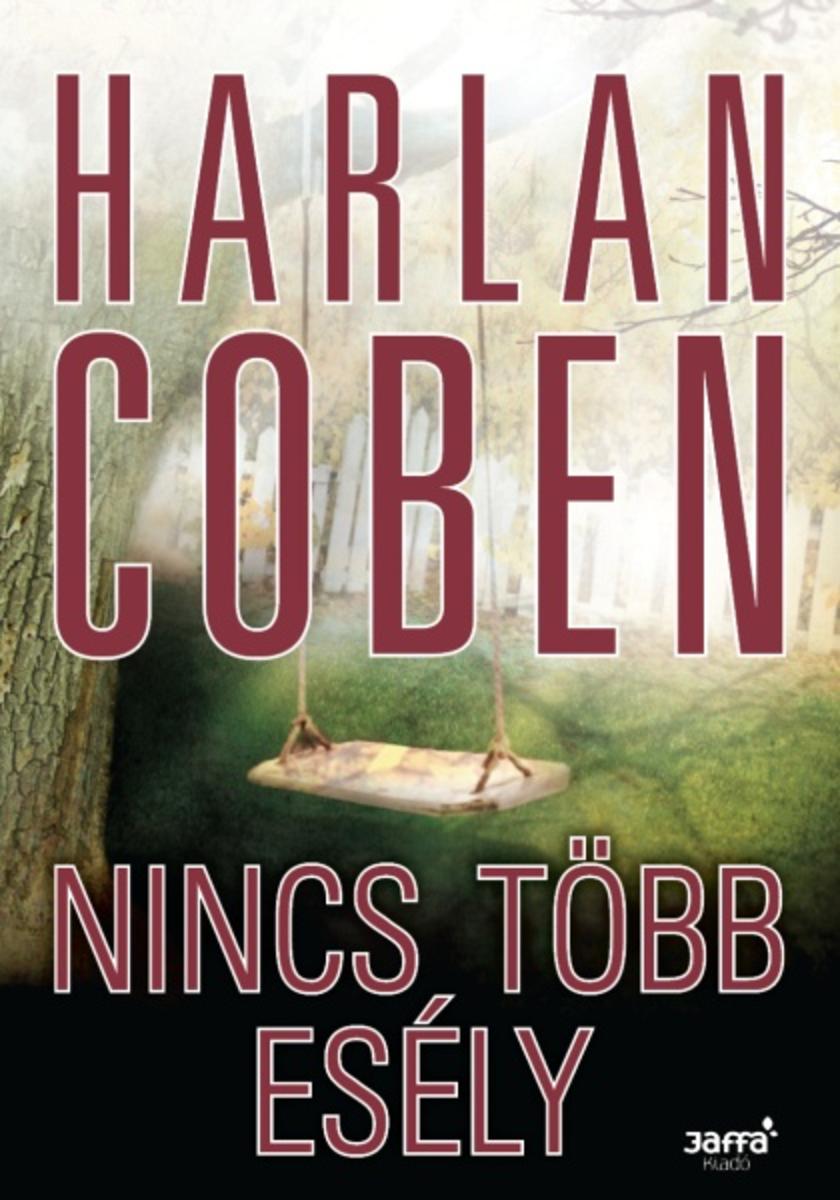
Nincs t?bb esély
¥57.31
2015 egyik legsikeresebb és leginkább méltatott debütálása volt ez a m? a fantasztikus thriller illetve horror m?fajában, A marsi amerikai kiadójától. A Fumax Thriller sorozat 3. k?tete. ? Egy elt?nt Isten. Egy k?nyvtár az univerzum titkaival. Egy n?, aki túl elfoglalt ahhoz, hogy észrevegye megk?vült szívét. ? Carolyn alig kül?nb?zik a k?rül?tte él? emberekt?l. Szereti a guacamolét, szeret rágyújtani és steaket enni. Tudja, hogyan kell használni a telefont. A ruhák néha ugyan kifognak rajta, de a karácsonyi pulóverb?l, biciklisnadrágból és lábmelegít?b?l álló szerelése komoly sikert arat. Elvégre régen ? maga is átlagos amerikaiként élt. Ez persze már nagyon régen volt. Még azel?tt, hogy a szülei meghaltak. Azel?tt, hogy más gyerekekkel együtt befogadta ?t egy férfi, akit csak Apának hívtak. Carolyn azóta nem sokat járt odakint. Adoptált testvéreivel együtt Apa ?si szokásainak megfelel?en nevelkedtek: K?nyvtárának k?nyveit tanulmányozták, és megtanulták Apa hatalmának néhány titkát. Néha pedig azon t?n?dtek, kegyetlen tanáruk titokban nem maga Isten-e. ?m Apa váratlanul elt?nt, és a titkait tartalmazó K?nyvtár a teremtés feletti hatalom erejével együtt ?rizet nélkül maradt. A hatalmat maguknak akaró, kegyetlen ellenségek sorakoznak fel Carolyn ellen, akiknek ereje messze meghaladja az ?vét. De ? számolt ezzel. Az egyetlen gond csak az, hogy mik?zben egy új Isten megteremtéséért harcol, megfeledkezik azokról a dolgokról, amelyek emberré teszik ?t. ? Neil Gaiman és Joe Hill találkozása egy leny?g?z?en eredeti, rémiszt? és s?tét humorú dark fantasyben. Felejthetetlen karaktereivel, sokkoló t?rténetével az ?gett-hegyi K?nyvtár egyszerre elborzasztó és frenetikus, agyzsibbasztóan idegen és szívszorítóan emberi.?
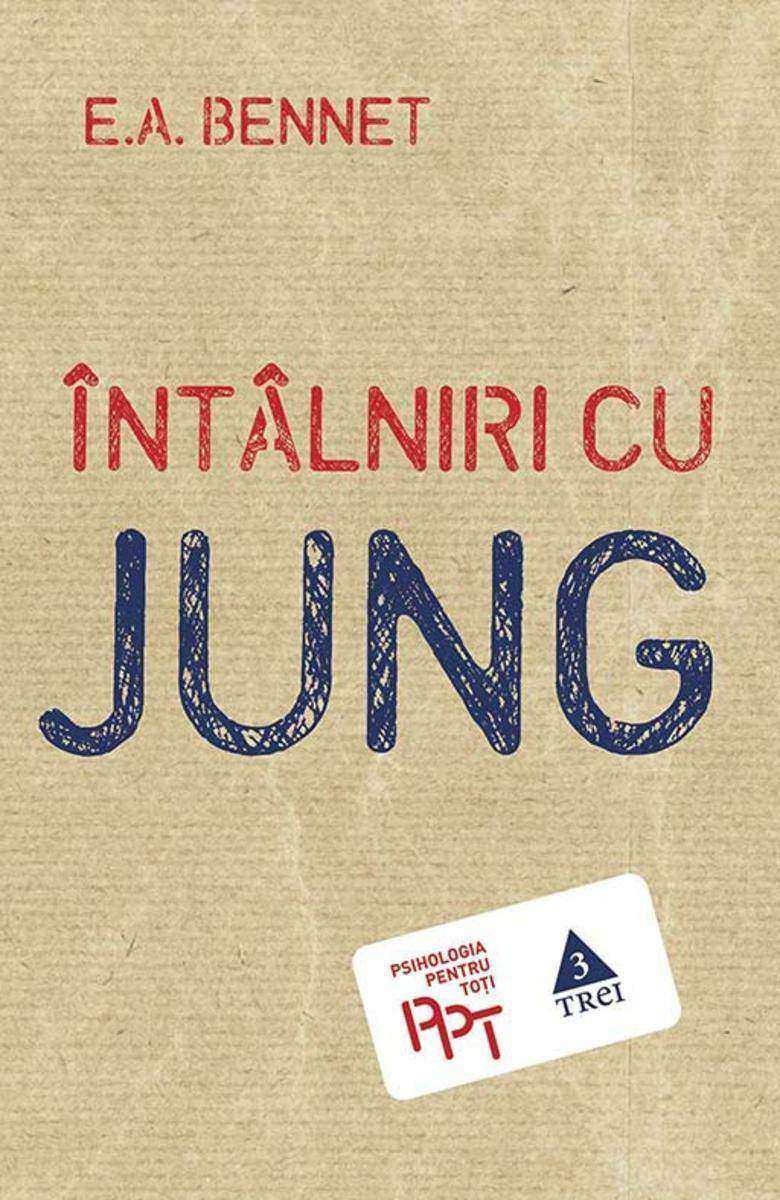
?nt?lniri cu Jung
¥48.97
1891-ben, az író pályájának utolsó szakaszában íródott a k?nyv, s egy évvel kés?bb jelent meg a Pesti Hírlapban. A cselekmény a Bach-korszakban játszódik. Lenke L?rinc tábornok fiát, Simont a kolerajárvány idején egy vele egykorú cigány csecsem?vel cserélik el. A tábornok igazi fiából világhír? cigányprímás lesz, míg az elcseréltetésükr?l mit sem tudó ál-Simon báró mihaszna, t?rtet?, gyáva tisztvisel?ként vonja magára városa gy?l?letét. Bátyját koholt vádakkal lecsukatja, anyját lenézi, semmibe veszi, mindebben méltó társa Aranka, a szintén t?rtet? feleség. A városba érkez? igazi Lenke hangversenyt rendez, ám Simon, aki nem képes elviselni mások sikerét, be akarja tiltani a koncertet. Miután bátyja ebben megakadályozza, majd párbajra hívja ki, Simon ?rültet színlel. A tipikusan jókais, romantikus eseménysz?vés ellenére mondanivalójában e m? nem éri utol a hasonló fogantatású regényeket, ám – az életm? részeként érdemes beszerezni.
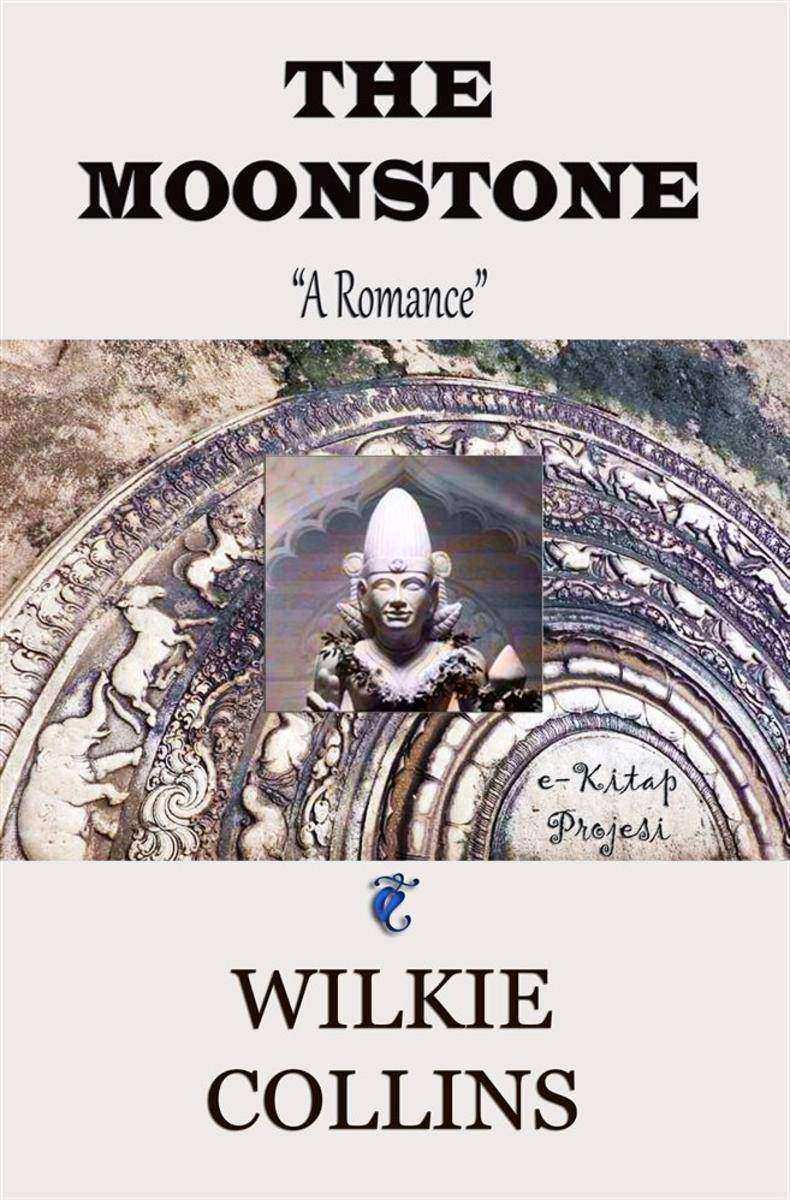
The Moonstone: "A Romance"
¥28.04
Mashi!’‘Try to sleep, Jotin, it is getting late.’‘Never mind if it is. I have not many days left. I was thinking that Mani should go to her father's house.—I forget where he is now.’‘Sitarampur.’‘Oh yes! Sitarampur. Send her there. She should not remain any longer near a sick man. She herself is not strong.’‘Just listen to him! How can she bear to leave you in this state?’‘Does she know what the doctors——?’‘But she can see for herself! The other day she cried her eyes out at the merest hint of having to go to her father's house.’We must explain that in this statement there was a slight distortion of truth, to say the least of it. The actual talk with Mani was as follows:— ‘I suppose, my child, you have got some news from your father? I thought I saw your cousin Anath here.’‘Yes! Next Friday will be my little sister's annaprashan ceremony. So I'm thinking——’‘All right, my dear. Send her a gold necklace. It will please your mother.’‘I'm thinking of going myself. I've never seen my little sister, and I want to ever so much.’‘Whatever do you mean? You surely don't think of leaving Jotin alone? Haven't you heard what the doctor says about him?’‘But he said that just now there's no special cause for——’‘Even if he did, you can see his state.’‘This is the first girl after three brothers, and she's a great favourite.—I have heard that it's going to be a grand affair. If I don't go, mother will be very——’‘Yes, yes! I don't understand your mother. But I know very well that your father will be angry enough if you leave Jotin just now.’‘You'll have to write a line to him saying that there is no special cause for anxiety, and that even if I go, there will be no——’‘You're right there; it will certainly be no great loss if you do go. But remember, if I write to your father, I'll tell him plainly what is in my mind.’‘Then you needn't write. I shall ask my husband, and he will surely——’‘Look here, child, I've borne a good deal from you, but if you do that, I won't stand it for a moment. Your father knows you too well for you to deceive him.’ Hearing that Mani had wept at the mere thought of going to her father's house, Jotin was so excited that he sat up in bed. Pulling his pillow towards him, he leaned back, and said: ‘Mashi, open this window a little, and take that lamp away.’The still night stood silently at the window like a pilgrim of eternity; and the stars gazed in, witnesses through untold ages of countless death-scenes.Jotin saw his Mani's face traced on the background of the dark night, and saw those two big dark eyes brimming over with tears, as it were for all eternity.
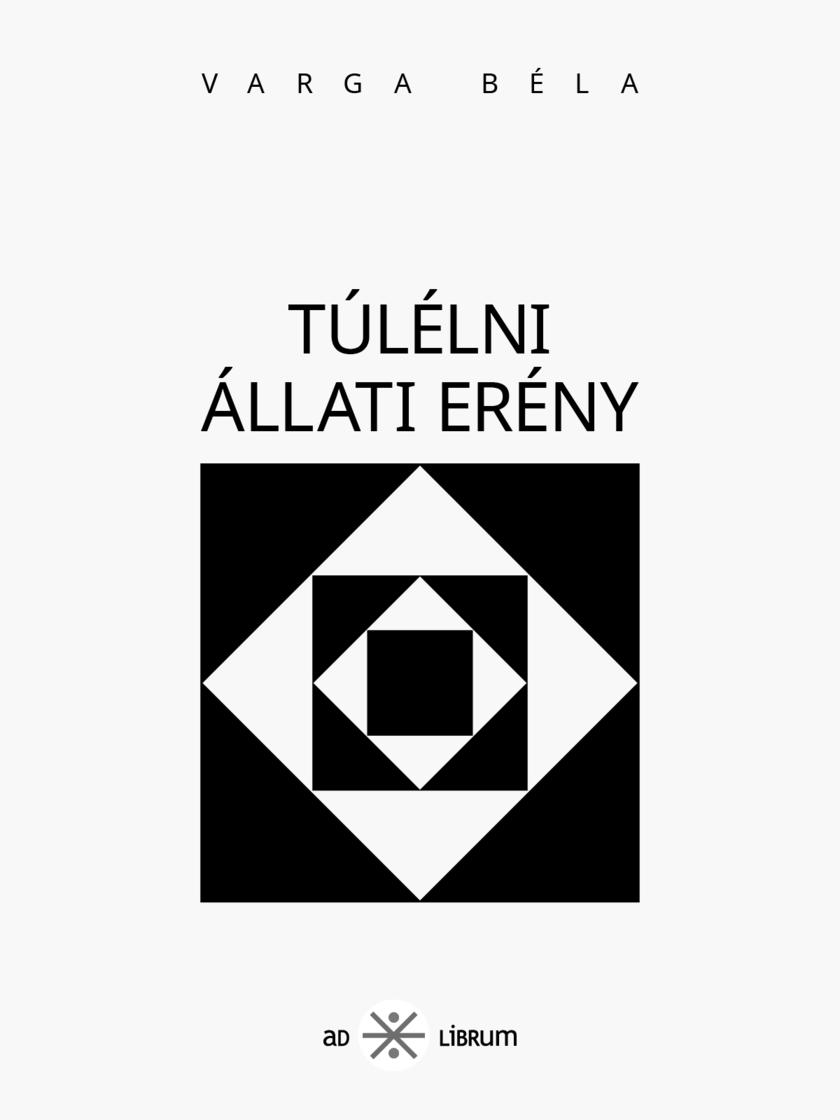
Túlélni állati erény
¥28.69
n voltam a legautentikusabb rock and roll fej a nyolcvanas években” – állítja magáról Dénes József, ismertebb nevén Dnci, a pesti underground fenegyereke. Dolgozott nyomdai segédmunkásként, ltzrként és knyvárusként is, de elssorban mégiscsak gitáros volt. Számára a zene jelentette az életet. m amikor érezte, hogy kzeledik az utolsó dal, lecsavarta az ersítt, és befelé kezdett fülelni. s írt egy knyvet. A hetvenes-nyolcvanas évek jassznyelvén, prédikátori éleslátással az igazán lényeges dolgokról. A gyógyszerezs korszakról, a Kassák klubos bandákról és a Hit Gyülekezetében eltlttt éveirl. A Sváb- és a Szabadság-hegyrl, Amszterdamról, Nagy-Britanniáról, és arról, milyen jó volt mégis mindig visszatérni a golyóluggatta, málló ferencvárosi falak kzé. Arról, milyen érzés volt bekerülni a pasarétiek” zenekarába, és miképp ismerkedett meg a szakállas szürkeállománnyal”. Arról, mi trténik, ha egy férfi úgy istenigazából beleszeret egy nbe, és micsoda, ha a n már nem szereti tbbé. Legfképpen pedig arról, képes-e beilleszkedni egy rk kívülálló bármilyen kzsségbe, vagy kilkdik, mint a br alá fúródó szálka Lehetünk-e egy életen át szkésben Hogy mennyire ismerjük fel a kztünk él zsenit, dntse el a hálás utókor. Víg Mihály Dnci, a zeneszerz, a gitárvirtuóz. Az echte ferencvárosi pestisrác. Az érz, intellektuális hajlamú keres, a mosókonyhai levegj munkássorról. Dnci, az egyetlen, aki kzülünk akkor igazán zenélni tudott, akitl magam is tanulgattam. Dnci, a barát. Az intézeti múlt mély sebei miatt néha másokon is sebeket ejtett, mégse lehetett rá hosszan haragudni. Végül tán ez a kihordhatatlan fájdalom rántotta vissza t ugyanabba a spirálba, amibl a ’80-as években már egyszer kiszabadult. Dnci, akinek a fél-háromnegyed árvaság szántotta át lelkét. Az éhez-szomjazó, aki meglep értelmi képességeivel kitrni készült hátterébl. Dnci, akit a rácsok újra maguk mgé zártak. Megtudtam, hogy végül mégse menthetetlenül. Az utolsó pillanatban szíve még kifért a résen, hogy befogadja Magyarország fltt az ég. Mert megvan írva: Aki az r nevét segítségül hívja, az megmenekül.” Pajor Tamás Dnci a barátom volt. Minden mondatából kihallom tudásszomjas, érzékeny, megszállott, esend, karcos hangját. Mint amikor Bachot játszott konokul a gitárján, a Mester u. 46-ban, a gangra nyíló konyhában az intézetbl frissen szabadult fiú. Pontos, tiszta, szép, szinte, kíméletlen. Egy korszak lenyomata. Forgách András
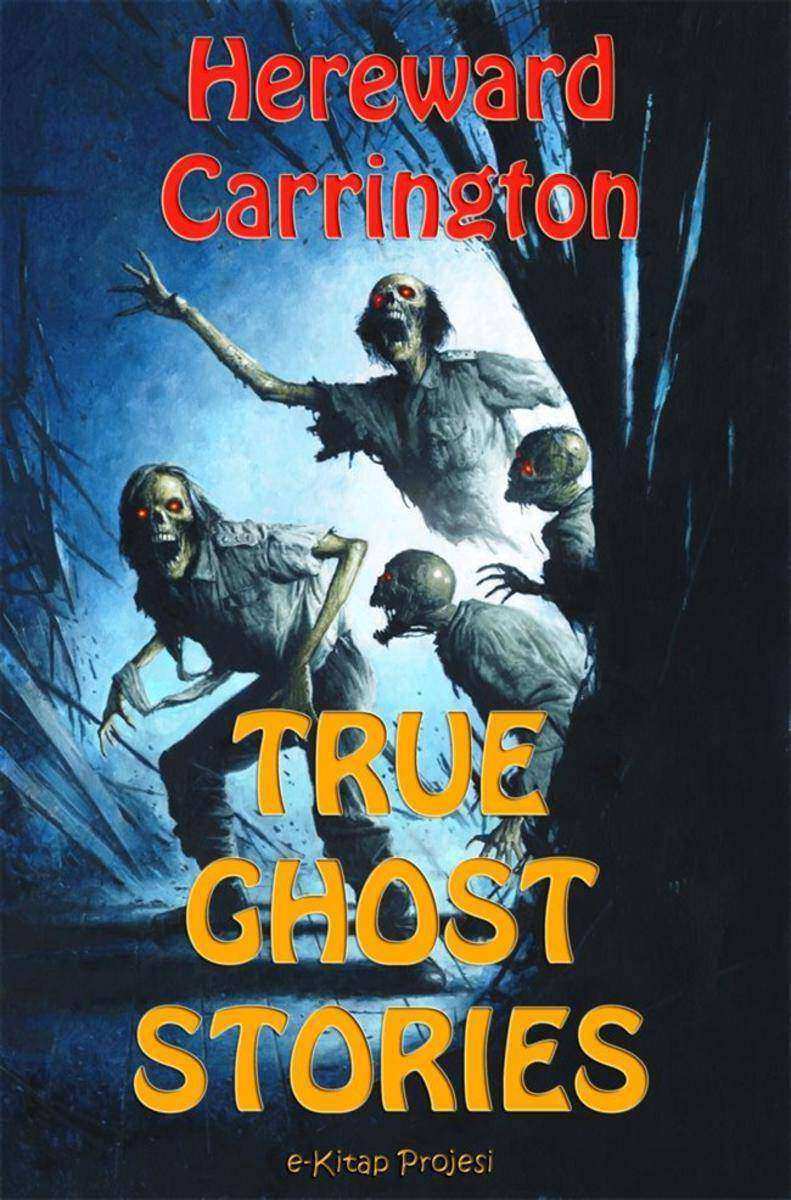
True Ghost Stories
¥28.04
A Tale of Three Lions was written in the year 1887 by Henry Rider Haggard. This book is one of the most popular novels of Henry Rider Haggard, and has been translated into several other languages around the world.This book is published by Booklassic which brings young readers closer to classic literature globally.

The Secret Agent: "A Simple Tale"
¥18.74
AMONG the ranks of the great astronomers it would be difficult to find one whose life presents more interesting features and remarkable vicissitudes than does that of Galileo. We may consider him as the patient investigator and brilliant discoverer. We may consider him in his private relations, especially to his daughter, Sister Maria Celeste, a woman of very remarkable character ; and we have also the pathetic drama at the close of Galileo's life, when the philosopher drew down upon himself the thunders of the Inquisition. The materials for the sketch of this astonishing man are sufficiently abundant. We make special use in this place of those charming letters which his daughter wrote to him from her convent home. More than a hundred of these have been preserved, and it may well be doubted whether any more beautiful and touching series of letters addressed to a parent by a dearly loved child have ever been written. An admirable account of this correspondence is contained in a little book entitled "The Private Life of Galileo," published anonymously by Messrs. Macmillan in 1870, and I have been much indebted to the author of that volume for many of the facts contained in this chapter. Galileo was born at Pisa, on 18th February, 1564. He was the eldest son of Vincenzo de Bonajuti de Galilei, a Florentine noble. Notwithstanding his illustrious birth and descent, it would seem that the home in which the great philosopher's childhood was spent was an impoverished one. It was obvious at least that the young Galileo would have to be provided with some profession by which he might earn a livelihood. From his father he derived both by inheritance and by precept a keen taste for music, and it appears that he became an excellent performer on the lute. He was also endowed with considerable artistic power, which he cultivated diligently. Indeed, it would seem that for some time the future astronomer entertained the idea of devoting himself to painting as a profession. His father, however, decided that he should study medicine. Accordingly, we find that when Galileo was seventeen years of age, and had added a knowledge of Greek and Latin to his acquaintance with the fine arts, he was duly entered at the University of Pisa. AMONG the ranks of the great astronomers it would be difficult to find one whose life presents more interesting features and remarkable vicissitudes than does that of Galileo. We may consider him as the patient investigator and brilliant discoverer. We may consider him in his private relations, especially to his daughter, Sister Maria Celeste, a woman of very remarkable character ; and we have also the pathetic drama at the close of Galileo's life, when the philosopher drew down upon himself the thunders of the Inquisition. The materials for the sketch of this astonishing man are sufficiently abundant. We make special use in this place of those charming letters which his daughter wrote to him from her convent home. More than a hundred of these have been preserved, and it may well be doubted whether any more beautiful and touching series of letters addressed to a parent by a dearly loved child have ever been written. An admirable account of this correspondence is contained in a little book entitled "The Private Life of Galileo," published anonymously by Messrs. Macmillan in 1870, and I have been much indebted to the author of that volume for many of the facts contained in this chapter.

The Confession
¥28.04
Jacob Grey rejtélyes figura. Kevesen ismerik ?t személyesen. Azt beszélik, az Egyesült ?llamok egyik nagyvárosában él, éjjelente pedig az utcákat rója, így találja ki s?tét hangulatú, izgalmas t?rténeteit. ?Az idegen kopogtat, majd elfordítja a fejét. Egyenesen Krára néz. Most a varjak is elmentek, és a világon senki nincs itt, csak Kra és az idegen. A fiú egy aranygy?r?t pillant meg a férfi mutatóujján. Az ékszer ovális felületére valamilyen képet véstek. Egy pók potrohának és nyolc lábának éles vonalait. A férfi alig mozgó ajkakkal suttogja: – ?rted j?ttem!”

Luke Livingstone titkos élete
¥69.65
Soha nem számoltam, hogy hány mérkzést bundáztam meg, de úgy gondolom 80-100 meccsrl lehet szó” - Wilson Raj Perumal, a Bundakirály. Wilson Raj Perumal kétségtelenül a modern futball legnagyobb fogadási csalója, akit csak hátán hordott a fld. Szingapúr egy eldugott falucskájában született az 1960-as években, innen küzdtte fel magát a bundavilág csúcsára, és lett a FIFA által leginkább keresett bnz. Perumalt 2011 februárjában tartóztatták le Finnországban. gy dnttt, együttmkdik a hatóságokkal, és segít feltárni az egész világot behálózó bnszvetkezet titkait. A Bundakirály nem fogja vissza magát: kitárulkozása során elképeszt mennyiség meccsrl lebbenti fel a fátylat. Olyanokról, amelyeket mi izgatottan néztünk végig, és amelyeknek már azeltt megvolt a végeredménye, hogy elkezdték volna.




 购物车
购物车 个人中心
个人中心



